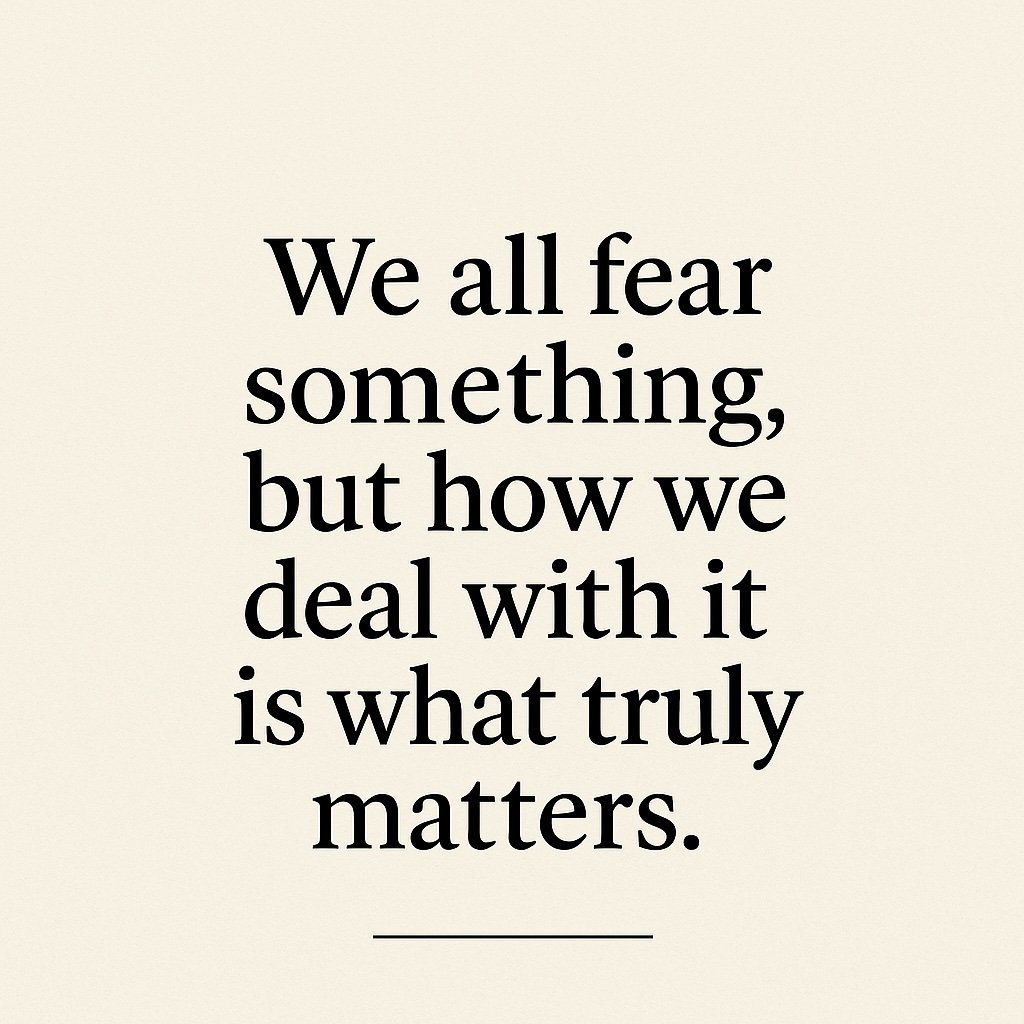“We all fear something, but how we deal with it is what truly matters.”

Shakespeare wrote in 1601, “Beware the Ides of March.” But should we be afraid every time the date comes up? Of course not. That line was a warning of death for the Roman leader, Julius Caesar. While most of us won’t be betrayed by a Brutus, fear still plays a big role in our lives.
If Caesar had a peer—a friend to talk to, someone who understood—maybe he would’ve felt a little less alone.
What Is a Phobia?
A phobia is defined as an irrational fear of something unlikely to cause actual harm—whether that’s physical or emotional. But irrational or not, the fear can feel very real, and very limiting.
College and the Rise of Anxiety
When I started college in September 1976, anxiety and panic attacks took hold of me—especially when I had to speak in class or give a presentation. Writing came easier, but I longed to speak with clarity and confidence.
Despite the panic, I graduated in May 1980 with a 2.99 GPA.
The Breaking Point
From late 1980 to 1982, my anxieties worsened. I became afraid to leave my parents’ home. When my father died in November 1981, things escalated further. A few months later, the panic returned full force.
I found myself trapped in a one-and-a-half-mile radius around my home—my “comfort zone.” Anything beyond that was out of reach. I’d sweat, my heart would pound, my thoughts felt like they would explode in my head. It was overwhelming.
One day, sitting at a bus stop, I felt a wave of panic again. A stranger next to me noticed and calmly told me to breathe. That moment of unexpected kindness helped more than they knew. That was my first real taste of peer support—and it mattered.
The Value of “Safety Zones”
I began to discover places I could go where the anxiety lessened:
- The local library
- My doctor’s office
- A nearby park
These became my “safety zones,” places I could spend time writing, reflecting, and feeling human again—even if just for a while.
Finding Professional and Peer Help
Eventually, I sought help at a nearby mental health clinic. I entered therapy, met with a psychiatrist, and was enrolled in a five-day-a-week day treatment program (CDT). At first, I went reluctantly—but I started talking with others who understood. That connection helped.
CDT included peers who supported other participants. They weren’t just clinicians—they were people with lived experience, and they helped guide others toward healing.
The Phobia Group That Changed Everything
A few weeks in, a phobia group was forming. My treatment team encouraged me to join, but when I heard it would be at another location 3.2 miles away, I panicked again. That was too far. Then, in a stroke of luck, the group was moved back to the local clinic—within my “safe” radius. I hesitated, but I went. And I kept going.
Writing as Healing
Speaking has always been difficult for me. But writing? Writing helped me find my voice.
When I couldn’t speak with confidence, I could still put pen to paper. I could say what I needed to—without the stuttering, without the panic. Over time, I wrote poems, short stories, and reflections on my experiences.
No, I may never be a great public speaker. But writing has given me the power to express myself and connect with others. That’s something I never thought I’d have—and it all began with the encouragement of a peer.
If you’ve ever struggled with anxiety, panic, or phobias, you’re not alone. Peer support can be a powerful part of healing—sometimes all it takes is one voice saying, “I understand.”
Certified Peer Specialist from Long Island.
- Howard Diamond
- Howard Diamond
- Howard Diamond
- Howard Diamond








